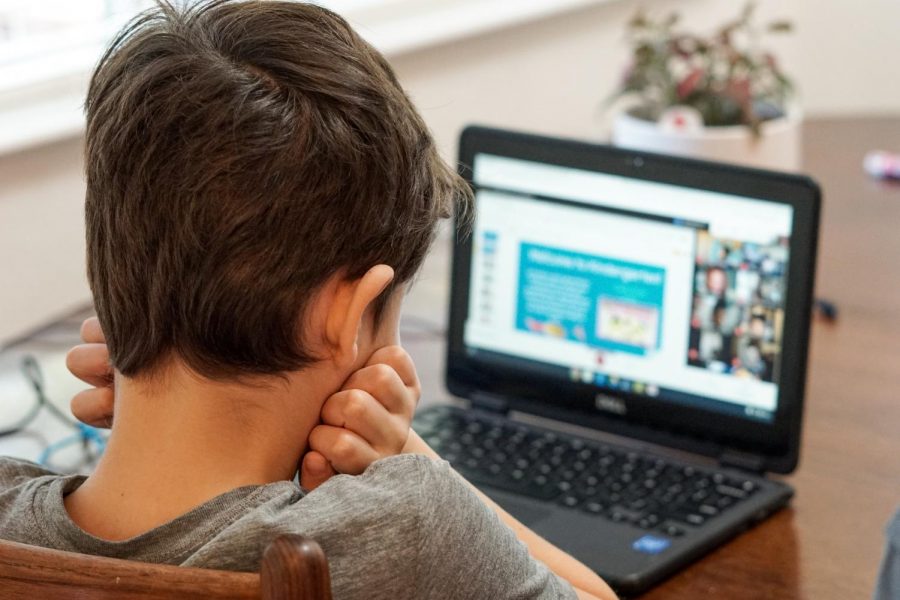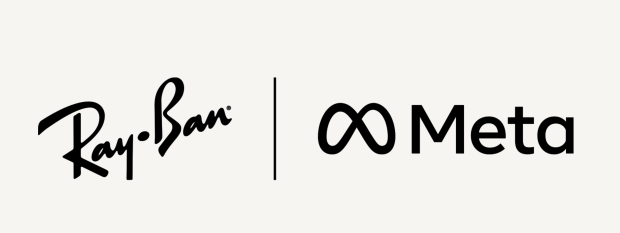Physical Classes vs. Online Learning
September 22, 2020
Up until early 2020, school life had been, for the most part, average. Most people would go to school in the morning, go through their subjects, eat lunch, then go to their other subjects before either going home for the day or off to their after-school activities, whether it be sports, theatre, marching band, etc.
That all changed when the pandemic made its way to the United States. Although schools only started to officially close down in March, the virus had been making its way through the country since late January, hitting California the next month. With the arrival of the pandemic came the introduction of virtual learning; a new concept for those who hadn’t been taking online classes prior. But how exactly does virtual learning compare to being in class physically? Today’s article will be taking a look at just that, according to students’ input.
Physical Classes: Before School
Originally on a normal school day, students would need to wake up early to get ready for school. Getting ready for school may include freshening up, getting dressed, eating a healthy breakfast, or preparing your backpack for school. Some kids might be finishing some unfinished work that they put off until then, while others might have some small task to finish before leaving, such as feeding the dog or watering their plants. Once they finish all that, depending on how far they live from school, students would either walk or catch a ride to school, whether that would be from their parents, using public transportation, or driving themselves, if they’re old enough.
Virtual Learning: Before School
With virtual classes, students in traditional classes might not have to get up as early, since they don’t have to take the time to get to school into account. Instead, they can simply just get dressed, eat something, freshen up, do what they need to do, then grab their computer (or phone, whatever works best for the student) and hop onto their class from there, whether it be from Zoom, Canvas Conferences, Google Meet, or other programs that work in the same way. For those on the virtual pathway, classes wouldn’t start until the afternoon, with meetings usually occurring “over Google Meet”, said a few sources.
Physical Classes: During School
On a typical school day, students would (depending on the teacher) either wait outside the teacher’s classroom for the teacher to let them in or walk inside, sit at their assigned seats, and wait for the teacher to start the class. Once the teacher has let everyone in and started the class, the students sit and listen while the teacher begins the day’s lesson; teaching until the class time ends, where the students would move on to their next class to repeat the process until lunchtime. At lunchtime, students could socialize with friends that have the same lunch as them or go on their phones. Some people might have clubs to attend during lunch as well, or maybe some would go to a class for lunch to study for an upcoming test or continue working on an assignment. When lunch ends, students continue to their next set of classes until the school day ends.
Virtual Learning: During School
In the new normal that is virtual learning, for the students on traditional, classes would start at around 7:30 AM. One set of classes consists of three classes, with one set occurring on Mondays and Wednesdays and the other set would be on Tuesdays and Thursdays, with Fridays being an all-class day. Mondays through Thursdays students would go through all three classes before taking an hour-long break for lunch. Once lunch was over, the rest of the school time is slotted to allow students to contact their teachers in case if they need help; otherwise, students would be left to start their work. On the virtual route, students would go to all six (or in some cases five) classes via Zoom or Google Meet, the latter being more likely, sources say. They would get on, the teachers would explain the work, then dismiss the class. Work would usually be completed via Edgenuity or Odysseyware.
Physical Classes: After School
Once classes were over, typically students would either go home to work on homework or to their after school activities, which can consist of sports practices (both in and out of school), theatre rehearsals, marching band, or school clubs. Sometimes people can also stay after school to work on a project or if they have detentions to fulfill. Once these kids were finished with their activities, they were free to return home to do their homework or prepare for the next school day.
Virtual Learning: After School
For both traditional and virtual routes, there isn’t much going on after school, aside from your typical studying and homework load. Theatre rehearsals have been occurring online, with the hopes of being able to physically meet up soon. The school’s marching band and sports teams have also been continuing their classes virtually, hoping to be able to reconvene as full teams when we return.
So, in total, which method is more beneficial for our learning? Well, let’s take a look at the benefits and costs.
Physical Classes: The Pros and Cons
Pros:
Physical learning allows students more freedom to socially interact with each other. Students also aren’t spending eight hours a day on their devices, instead of paying attention to the teacher. Physical classes also make teaching certain subjects easier, as clinical practices, performances, and labs aren’t available online. The learning is also scheduled, which allows students to adjust to a type of pattern, and extra-curricular activities are easier to attend.
Cons:
Traditional learning can be inconsistent at times, as not every school teaches the same thing. Schools can also become discriminatory; praising the bright students while those who fall behind are only told by teachers to look up to the star pupils. The creative thinking of students can also be flawed, especially if the school is vigorously adhering to requirements, potentially leaving students with an inability to think for themselves, only believing what they’re told to believe, rather than come up with their own opinion, as well as forcing students interested in the arts to take interest in math or science in order to meet graduation requirements.
Virtual Learning: The Pros and Cons
Pros:
Virtual learning allows students to take their own pace, as well as allows students to have more time to do their work, as students on the traditional pathway end classes earlier than usual, and those on the virtual pathway start later. Virtual learning also allows for a learning process from the comforts of home, and as long as students have a device and a stable connection, online classes can be completed almost anywhere. Students also don’t have to wake up as early considering that they aren’t going anywhere, therefore allowing more time to sleep.
Cons:
The main issue that seemed to pop up often would be internet problems. With multiple people in households all using devices at the same time, the reliability of the internet can decrease, which can cause a student to miss something important because their connection was unstable. Virtual classes can also only get you so far in the learning process, with certain practices being unavailable and some classes, in general, being unavailable virtually. Another big issue seems to be affordability. Certain families may not be able to afford computers or printers or other devices recommended for virtual learning. And while some schools may provide students with computers, not every school is able to provide such and there are only so many computers that districts may be able to hand out. A third problem would be how much time students are spending on their devices to complete the workload, which also has seemingly increased with virtual learning. The approach of the full virtual route might also be an issue, as according to a student I interviewed, who stated that they learn better “off of people’s mistakes”, the teachers tend to not go over the homework, only allowing students to see their errors without knowing the reasoning of them.
In conclusion, with the benefits and costs of both forms of learning, the more beneficial between the two really depends more on the student in question. Some students may have benefitted more in a classroom setting than the comforts of home, while others may enjoy the virtual settings. Both learning processes have their pros and cons, and whichever one is better, is up to the student.












